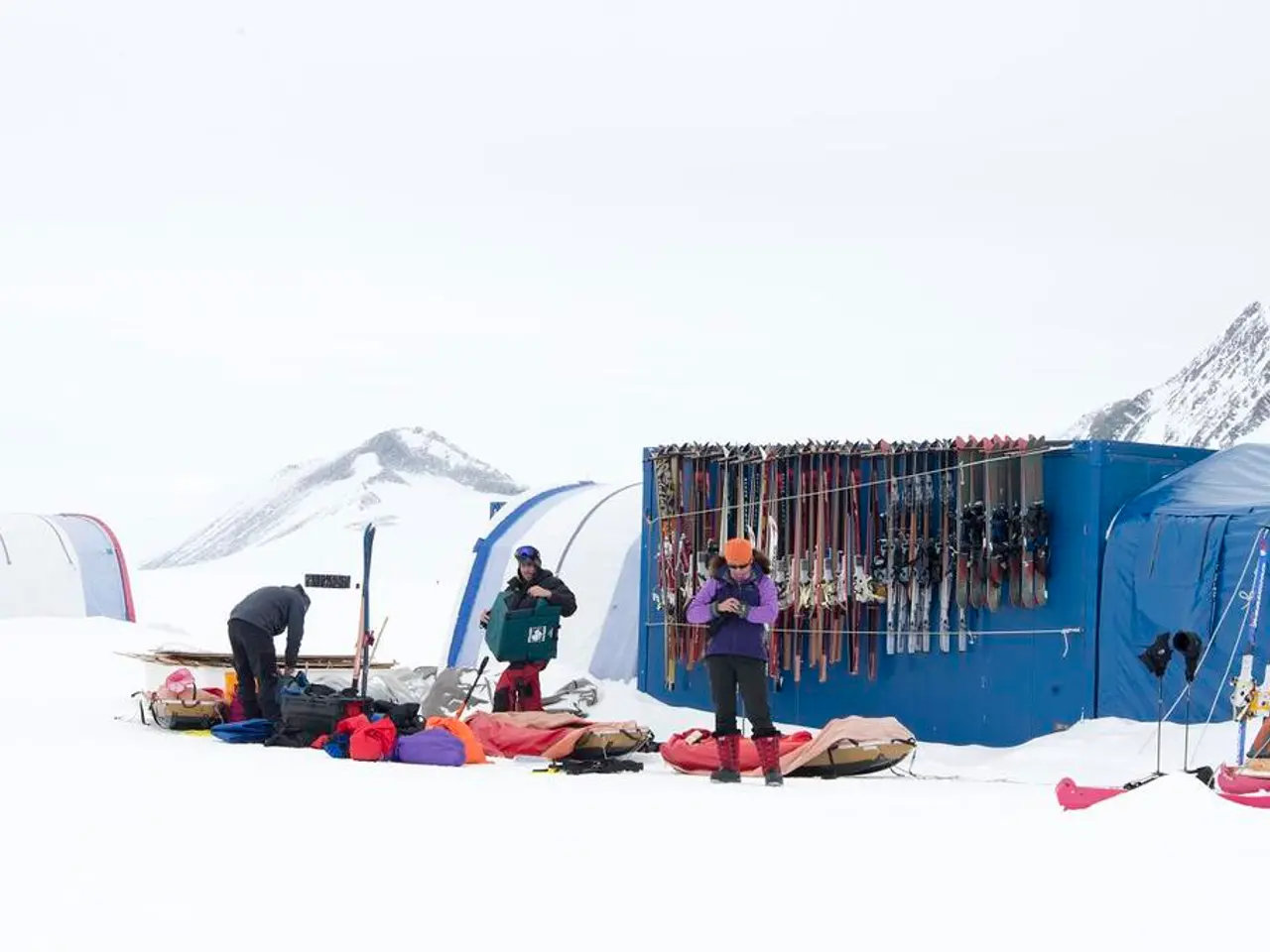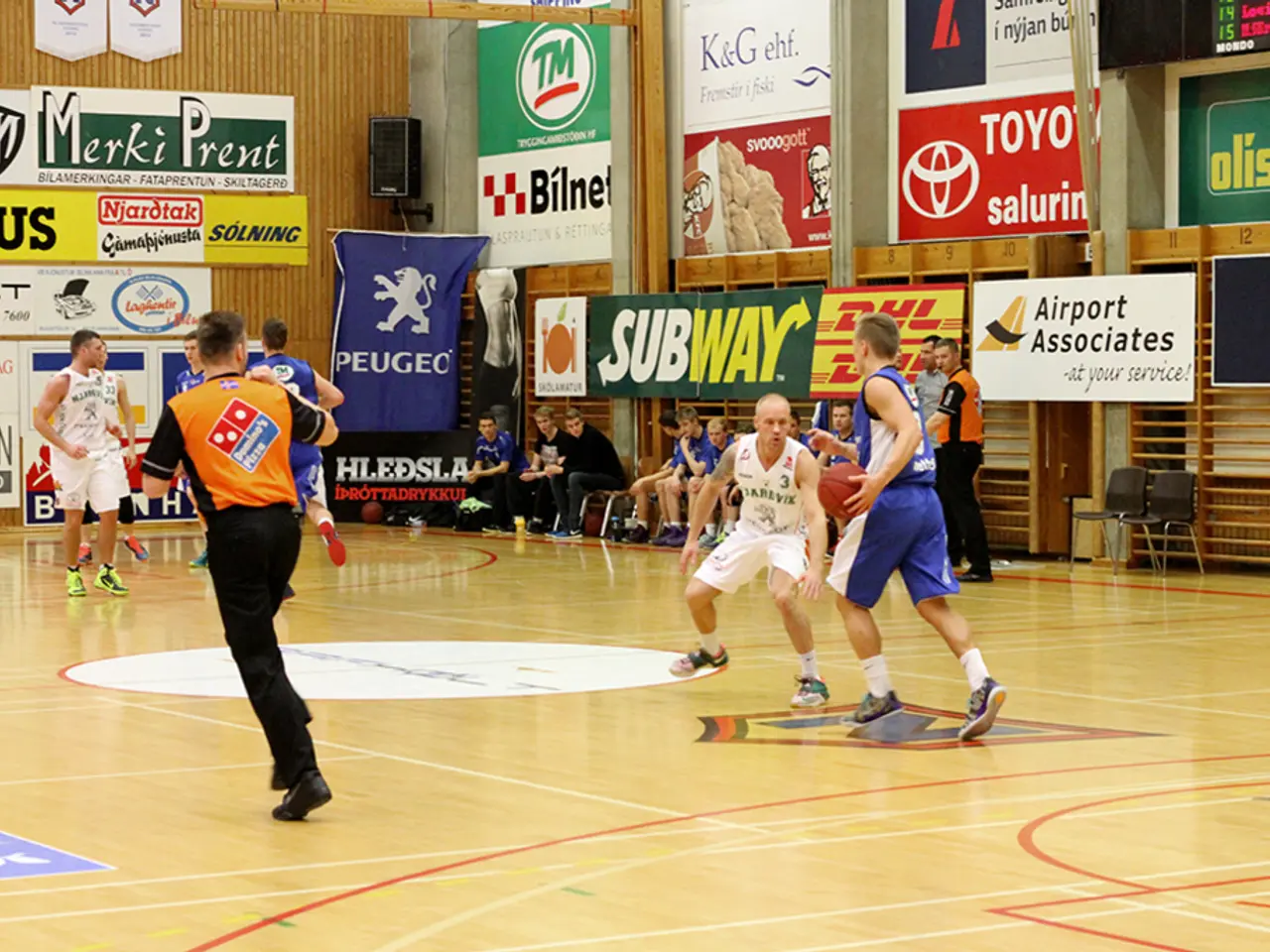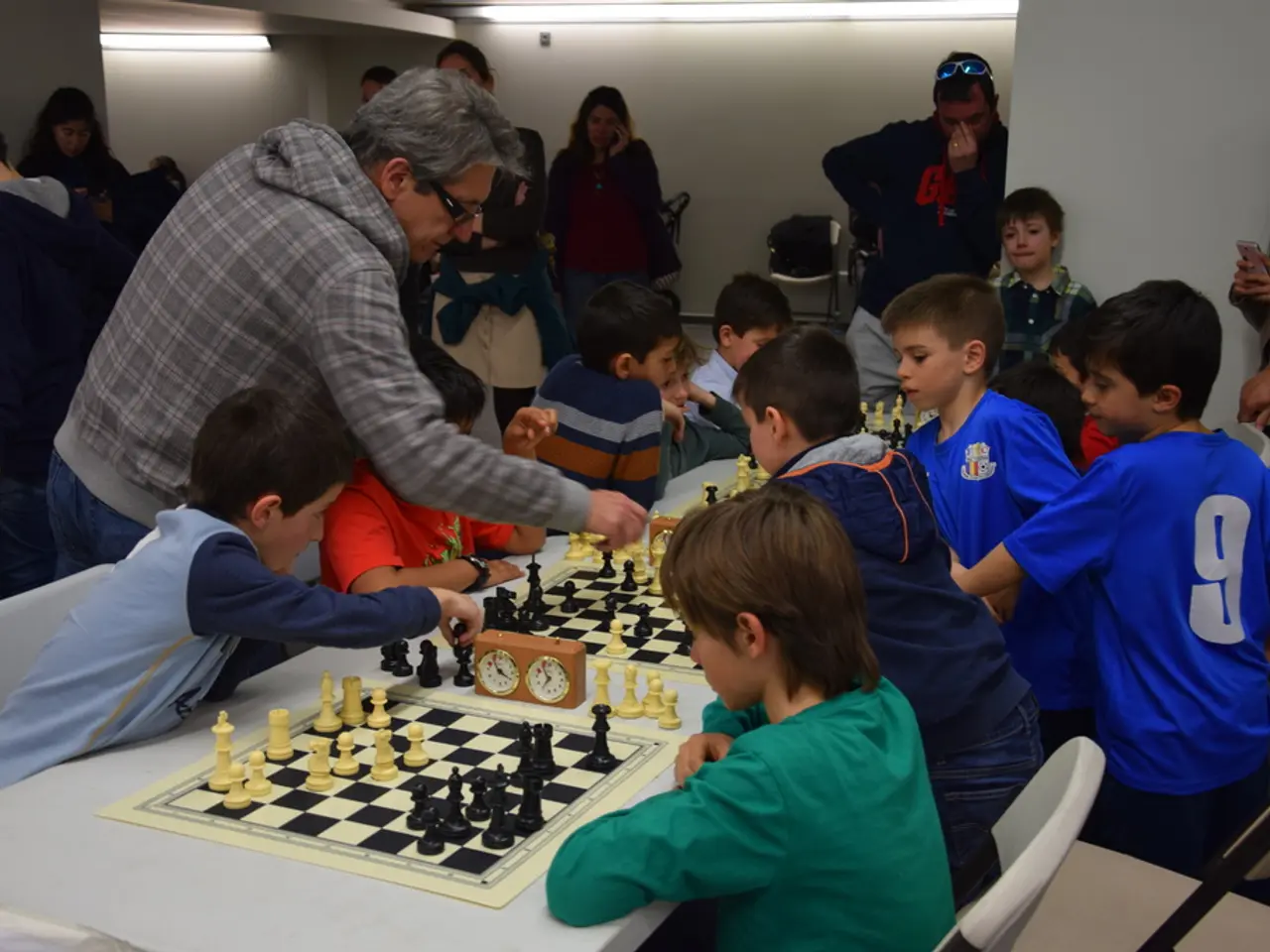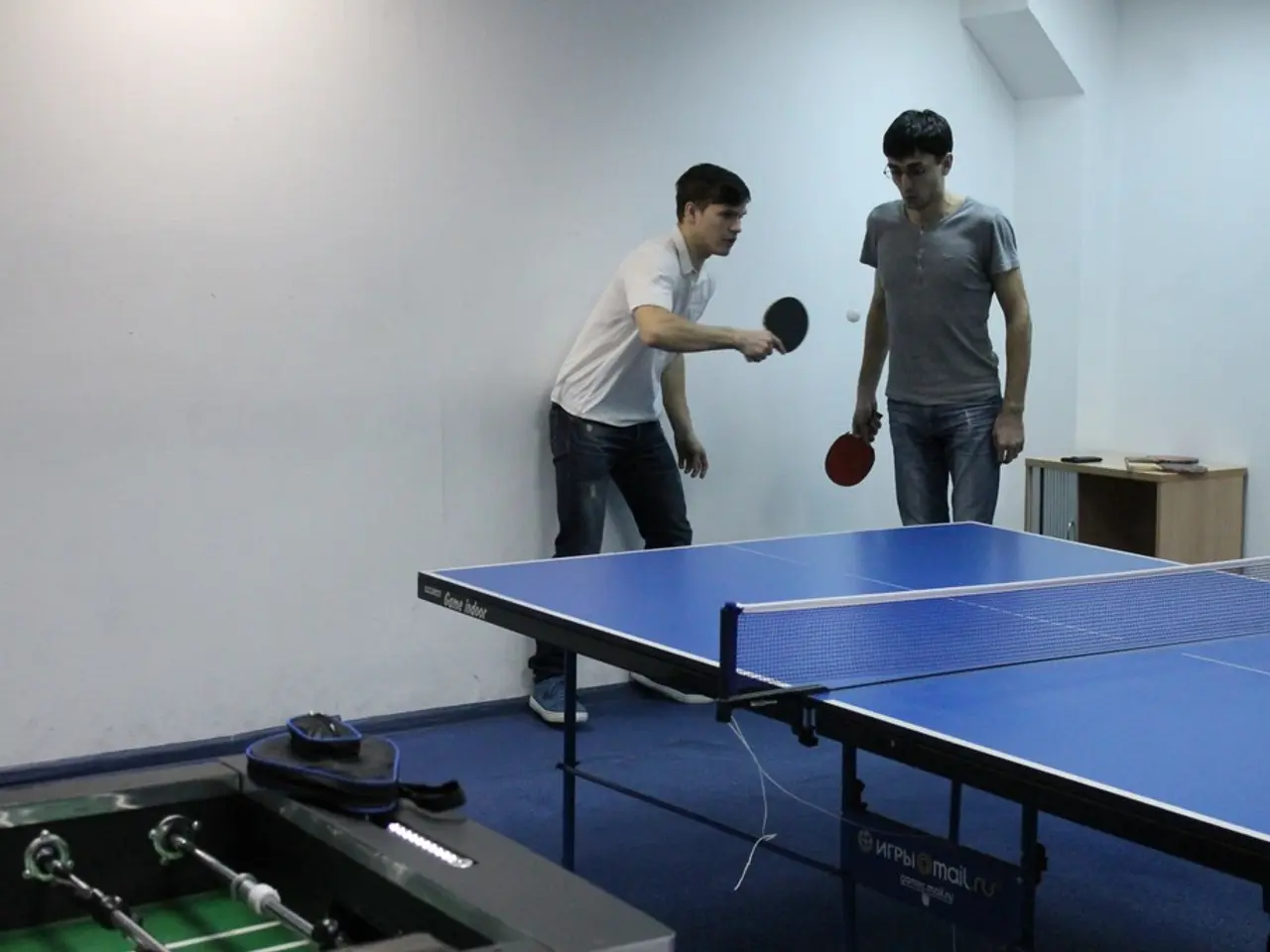Skiing Accident Triggers Early Season Safety Alert
News Article: Safety Recommendations Issued After Fatal Skiing Accident on Mt Ruapehu
In the aftermath of a tragic skiing accident that occurred on Mt Ruapehu in June 2022, the Coroner's inquiry has issued safety recommendations for backcountry skiers, particularly during early winter. The accident claimed the life of 64-year-old Ian Malcolm Howat, a seasoned skier and mountaineer from Wellington.
The Coroner, Katherine Greig, concluded that Howat fell in rocky terrain while skiing in icy snow conditions and sustained a fatal chest injury. The inquiry found that the snow and ice conditions were particularly hazardous, with icy firm snow and exposed rocks posing significant risks, especially in areas that had not yet been opened or patrolled for the season.
Greig endorsed the recommendations made by the Mountain Safety Council (MSC) and the Tararua Tramping Club. One of the key recommendations is for skiers to maintain a critical eye on environmental factors, including surface conditions, weather, and group dynamics, regardless of familiarity with the area.
The MSC also emphasized the need for backcountry skiers to plan trips with extra care during early winter. At this time of year, limited snow exposes rocks, and icy conditions are common, making alpine terrain extremely hazardous. The MSC is urging skiers to recognize the presence of exposed rocks beneath thin snow cover and avoid skiing alone in such conditions to reduce the risk of serious injury or death.
In unpatrolled ski areas, the MSC recommends a minimum party size of two skiers. This recommendation was also endorsed by Coroner Greig, following the Tararua Tramping Club's suggestion. Skiing together could provide more opportunities for shared decision-making and earlier awareness of an accident.
The MSC also emphasized the importance of having appropriate skills and experience, the right gear, including a helmet, and in North Island mountains, crampons and an ice axe are often needed.
The accident occurred when Ian and a fellow club member set out for Skyline Ridge above the Pinnacles, with Ian planning to ski his way down. The pair separated at Skyline Ridge, with Ian skiing down and his companion going on foot to the bottom of the ridge. However, Ian failed to arrive at the Tararua Tramping Club Lodge, prompting a search and rescue operation.
While the exact circumstances leading to the accident are still under investigation, the MSC's report noted that psychological factors such as commitment, familiarity, and 'get-home-itis' could have influenced Ian's decisions. Carrying a large backpack and the desire to complete the final run to the lodge may have meant he overlooked poor surface conditions.
The MSC's report serves as a stark reminder for backcountry skiers to exercise caution, particularly during early winter. With similar early season conditions currently existing in many alpine areas across Aotearoa, particularly in the North Island, the MSC is urging backcountry users to plan trips with extra care.
The Coroner's inquiry and the MSC's recommendations come at a time when the New Zealand Mountain Safety Council is urging people to take heightened precautions in early winter backcountry skiing trips on Mt Ruapehu. The council is reminding skiers to check the NZ Avalanche Advisory to understand current conditions before setting out.
In memory of Ian Howat, the Tararua Tramping Club and the skiing community at large are hoping that these safety recommendations will help prevent similar tragedies in the future.
[1] Mountain Safety Council (MSC) Report on the Skiing Accident on Mt Ruapehu, June 2022. [2] New Zealand Mountain Safety Council Press Release, July 2022.
- Although the incident involved skiing on Mt Ruapehu, it underscores the importance of cautious decisions for all backcountry sports, particularly hockey in icy conditions where surface conditions, weather, and group dynamics should be closely monitored.
- During early winter, particularly in areas like the North Island, it's essential for hockey players and skiers alike to be aware of the presence of exposed rocks beneath thin snow cover and to avoid playing or skiing alone in such hazardous conditions.





